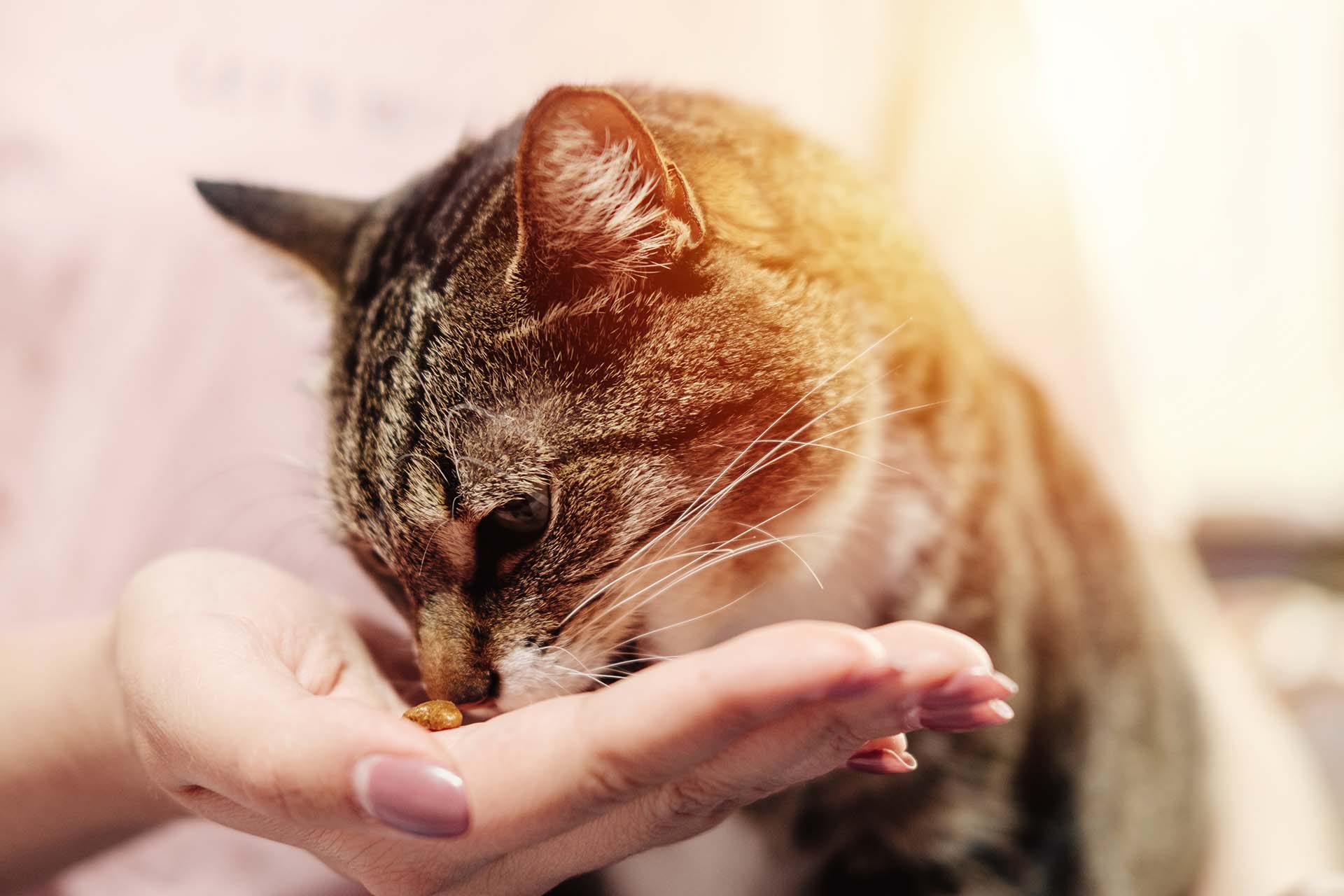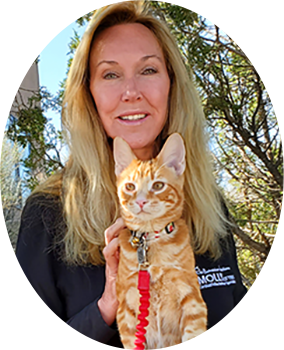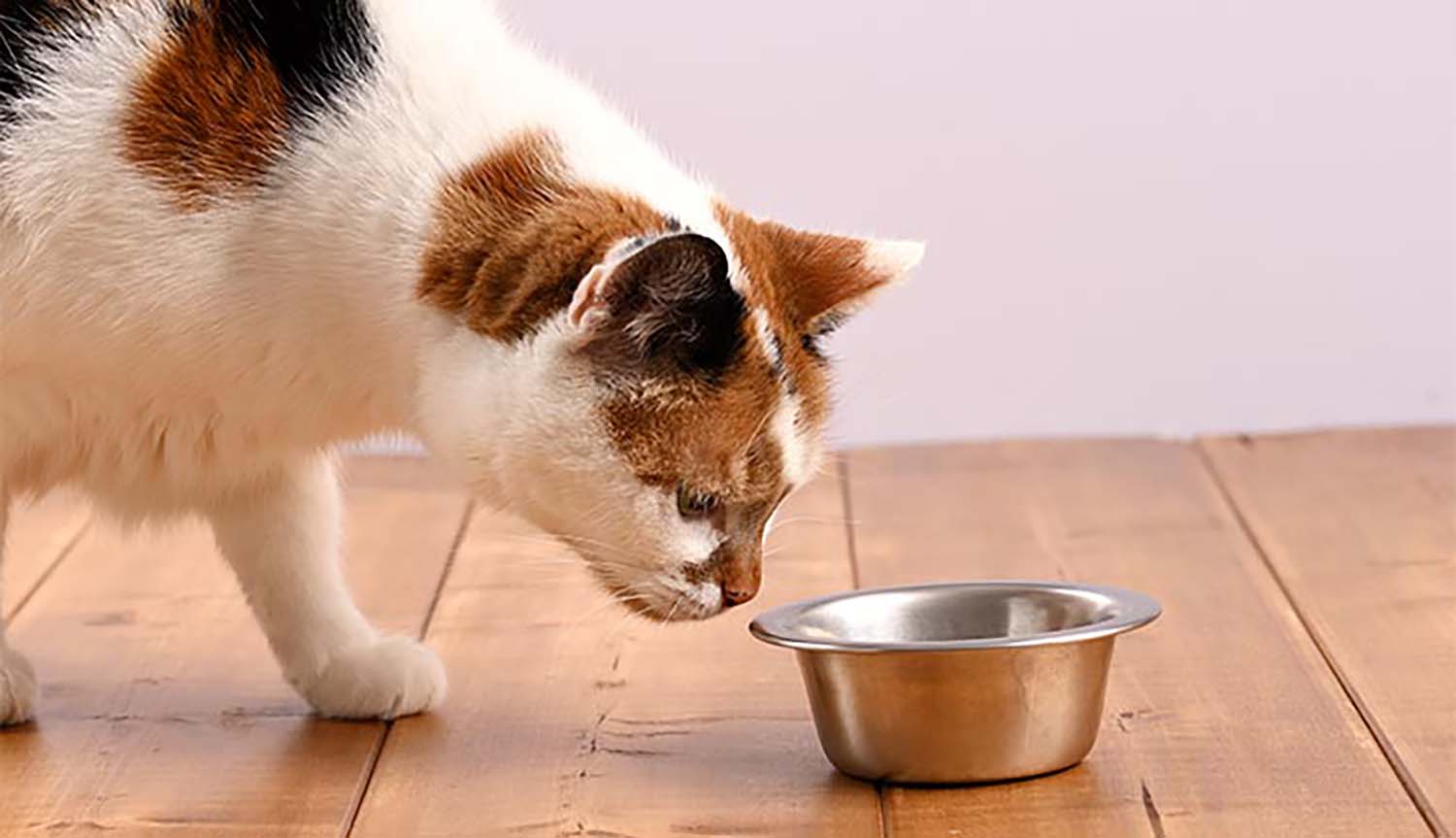Lick 'n' Lap™
Snack
Chicken Flavor & Salmon Flavor
Available in Single or Multipack


Hi everybody! This is Molly, with Cat Behavior Solutions. Welcome to the Bonding Tip of the Week. As we explore the different techniques you can use to bond with your cat, this first tip is going to come into play pretty often. And that tip is: use food!
Why do I suggest you use cat food or cat treats to bond with your cats and kittens, instead of other kinds of "treats" like cuddling or affection? You’d think cats would be like dogs, where you can go lie on the couch and cuddle with them. Shouldn’t that be a bonding moment with your cat, too?
Not necessarily. Cats are different! Cats are independent, and I think deep down, they don’t really need us. After all, if these natural-born hunters found themselves outside, they could probably survive on their own. Because of this, cats only really respond to the highest-value incentive—and that incentive is food.

To understand how to bond with cats, though, we first need to understand their relationship with each other, and their relationship with us.
One key to understanding why your house cat behaves the way they do, and why they behave differently from dogs, is a lack of social hierarchies. Dogs will do things for pets and crave your approval, and that’s because dogs have evolved with a social hierarchy: everybody has a place in the family. A dog always wants to please its pack master, and in their eyes, that pack master is us.
Cats haven’t evolved with a social hierarchy like that at all. In the wild, they’re solitary creatures, carving out large spaces and defending those territories. Therefore, they aren’t wired to consider “status” or “placement” within a family unit. They do develop bonds between each other, and with us of course, but they certainly don’t see us as the head of the pack—or even the head of the household!
Fast forward to the dawn of civilization and suddenly, agriculture created an opportunity for domestication. By definition, domesticated animals are animals that work for us, and in our early relationship with dogs, they were hunters, herders, and transporters. As a result, dogs were brought into a pet environment centuries before cats, and their social hierarchies only reinforced this.
Cats, on the other hand, were domesticated as house cats much, much later in history. There's an argument for whether or not cats are even domesticated in the first place!
Unlike dogs, cats never had a job. In the age of agriculture, they stayed on the periphery of camp, where grain was stored. Grain storage attracted a lot of rodents, which in turn attracted a lot of cats. Even back then, food was the crux of our relationship with cats. And so, the thing that motivates cats the most is food.
That’s why I’m saying: food first! Cat treats are your ticket to a happy cat. Now that you understand the why, we’ll take a deeper dive into how to use food to bond with your cat in the next Bonding Tips of the Week.
Stick around!

Brought to you by Vitakraft, creator of the cat treats your pet is really into. For more cat behavior tips, visit CatBehaviorSolutions.org

Squeeze this creamy, low-calorie treat right from the tube onto your cat’s tongue and watch your cat lick 'n' lap it all up!

Cats love the size, texture and high meat content of these soft and tasty, double-meaty treats!

High meat content (>70%), small batch production and premium ingredients combine to make these truly irresistible.

Tender chicken fillet pieces in a thick and creamy stew! Great for older cats!